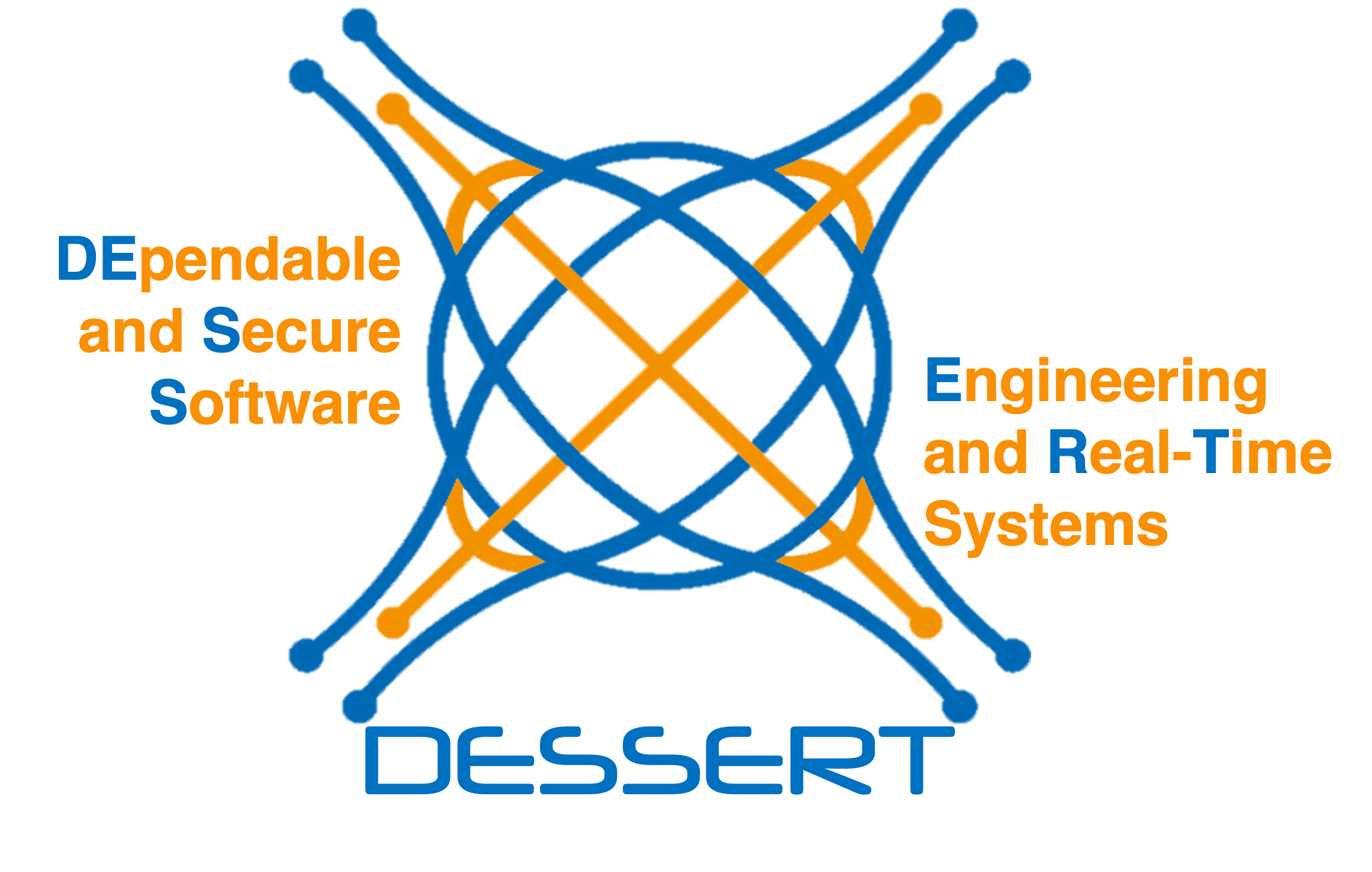CRITICAL-STEP
Subjects
CINI consortium, Departement of Computer Science and System Engineering (DIS) of University of Naples FEDERICO II, Faculdade de Ciencias e Tecnologia Universidade de Coimbra, SESM consortium, Critical Software
Description
The CRITICAL Software Technology for an Evolutionary Partnership (CRITICAL STEP) is a Marie-Curie Industry-Academia Partnerships and Pathways (IAPP) belonging to call FP7-PEOPLE-2008-IAPP. It aims at establishing the basis for a long term strategic research collaboration between partners involved in this project in the growing and challenging domain of software for large-scale Safety-Critical Systems (SCSs) based on the use of Off-The-Shelf (OTS) software components for the control of complex distributed infrastructures such as Air Traffic Management (ATM) systems, complex industrial plants, etc. Partners feel they are in need of sharing and combining their knowledge and use the existing synergies/complementarities to set long term strategic bases to deal with the complexity of the next generation SCSs, resist market competition and win the challenge of developing new safe technologies and standards. The project will be implemented via secondment and recruitment of 182 RM in total: 72 RM for recruitment of 3 experienced researchers and 110 RM for secondments of 13 research fellows from the participating organizations. The researchers involved in the Transfer of Knowledge (ToK) programme between Industry and Academy have the following objectives.
The three scientific objectives are:
- Studying the dependability of OTS based SCSs through dependability measures (e.g. Mean Time To Failure, Time To Failure, and statistical characterization of Failure Occurrences) and risk assessment (e.g. using software fault injection) both at the component and system level once OTS candidates are integrated. Different evaluation techniques will be investigated in order to determine the most suitable one for a specified class of OTS components (i.e. operating systems, virtual machines, and middleware infrastructures). The project will draw-up guidelines to support software engineers during the OTS selection phase (showing where and how proper evaluation tools have to used) and during the OTS integration phase (where and how system evaluation tools are needed).
- Studying and evaluate robustness of OTS components, i.e. how they behave under faulty conditions, and how they interact with other components in the target execution environment (Air Traffic Management Systems, complex industrial plants, etc.). Different fault-injection techniques will be applied to generate test cases (e.g., malformed invocations, combination of invalid input data types) in order to measure the robustness failure rate, i.e. the percentage of non-properly handled erroneous inputs and develop a prototype robustness assessment tool.
- Using the results of the previous analyses, to study and develop techniques for on-line monitoring and on-line diagnosis of fault occurrence in the operational phase of a SCS. On-line fault diagnosis is the process of determining the cause of errors, both in location and in nature, during system execution through fault detection (triggering of an alarm) and isolation (identification of error’s root cause and its propagation pattern). CRITICAL STEP diagnosis mechanisms will focus on the valuation of the following quantitative parameters: latency (i.e., the time required to identify the root cause of a detected fault), accuracy (i.e., the probability that the occurred fault f is recognized by the diagnostic mechanism), credibility (i.e., the probability that the diagnostic mechanism marks as faulty a component which is the real root cause of the fault), and coverage (i.e., the ratio between the number of recognized faults and the cardinality of the fault model set).
The three long-term strategic business objectives and challenges are to implement these know-how and breakthroughs into profitable products and services:
- Developing industrial strategies and marketable tools (e.g. fault-injection and quantitative analyses) for evaluating the robustness and dependability level of OTS components in SCSs, and thus making more effective the processes of OTS selection/integration into a complex system;
- Realising appropriate techniques/mechanisms and tools for on-line monitoring, diagnosis and dynamic reconfiguration of SCSs and thus assuring a defined and standardised safety level during the SCSs’ operational phase;
- Devising highly competitive, dependable, robust and certifiable safety critical software systems for both public and private end-users in Europe as well as other continents, outperforming foreign software and system developers in terms of quality, based on an open source middleware platform for Mission Critical and Near Real-Time applications (as for example, in Air Traffic Management).





